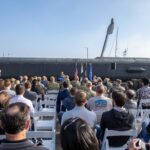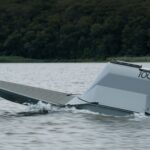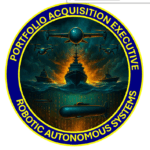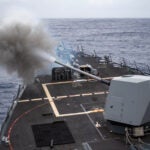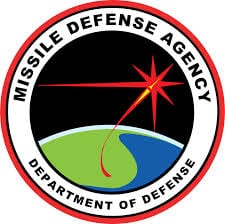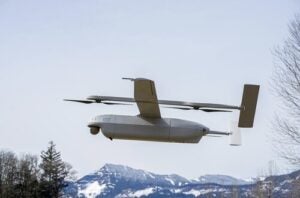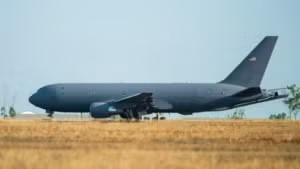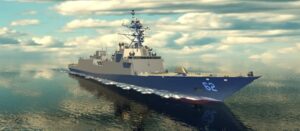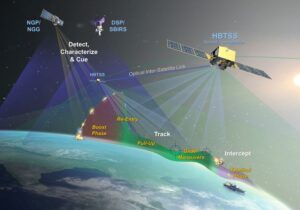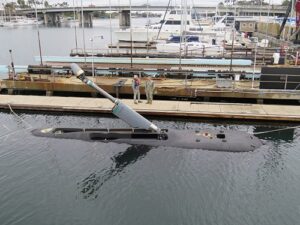
A Navy official earlier this month confirmed the service is starting a series of tests on the first Orca Extra large Unmanned Undersea Vehicle (XLUUV) and is confident in the producer of the full five ordered robotic submarines. Capt. Scot Searles, program manager, Unmanned Maritime Systems, told attendees at a January 10 briefing during the Surface Navy Association’s annual symposium that he considers the Orca an 85-ton, 85-feet long unmanned diesel electric submarine. “They don't like me to call it…

 By
By 